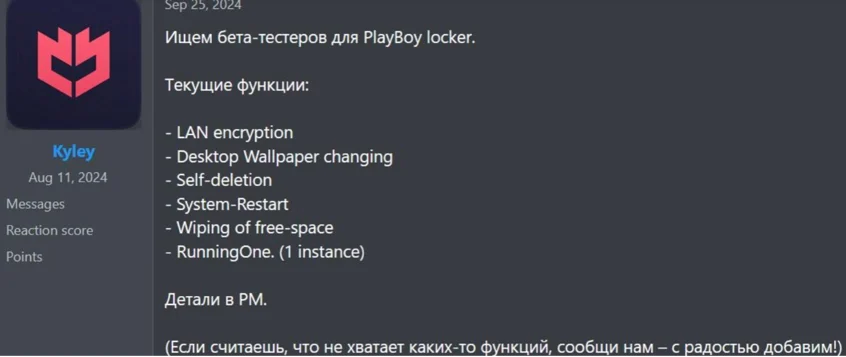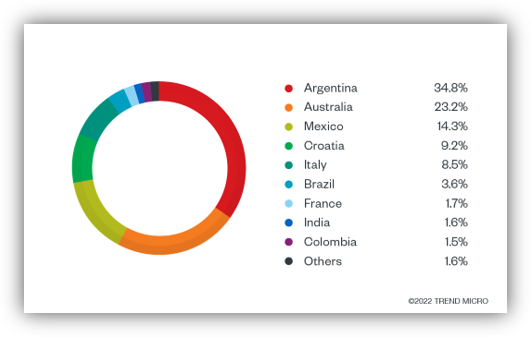
Summary: OpenAI has increased its bug bounty payout to 0,000 to enhance the discovery of critical vulnerabilities. This initiative is part of a larger security program that includes funding for cybersecurity research and collaboration with experts. OpenAI is actively inviting hackers to propose projects and providing microgrants to accelerate the development of innovative security solutions.…
Read More 
















